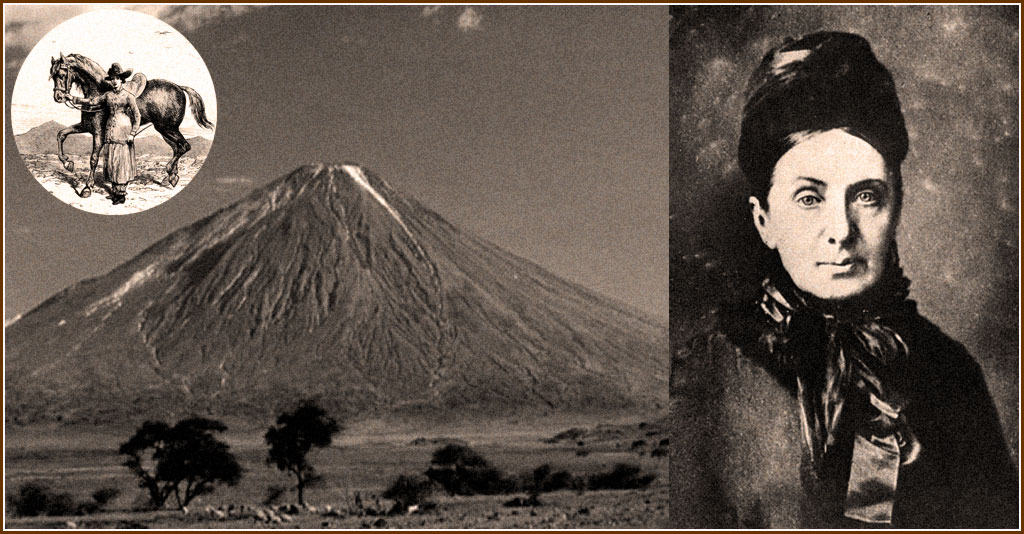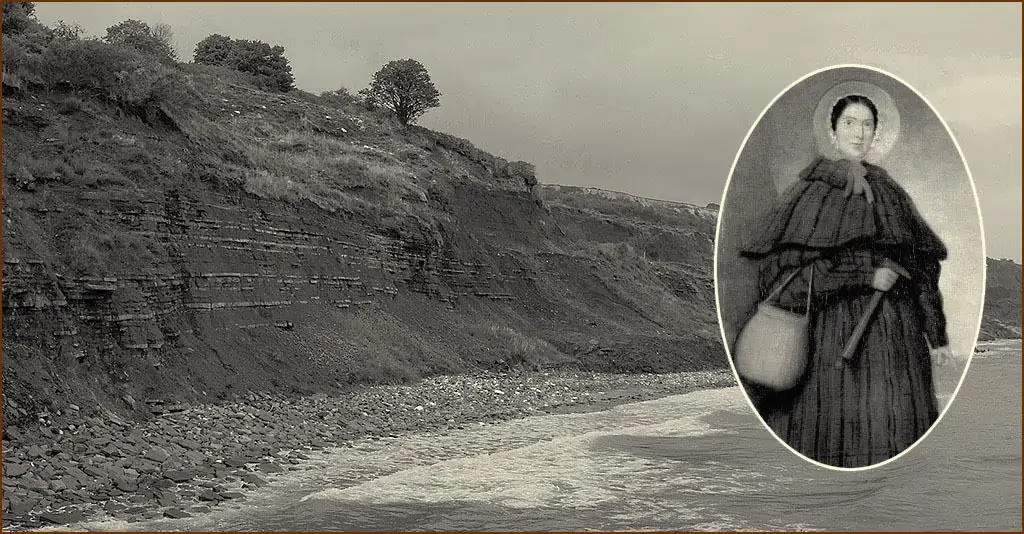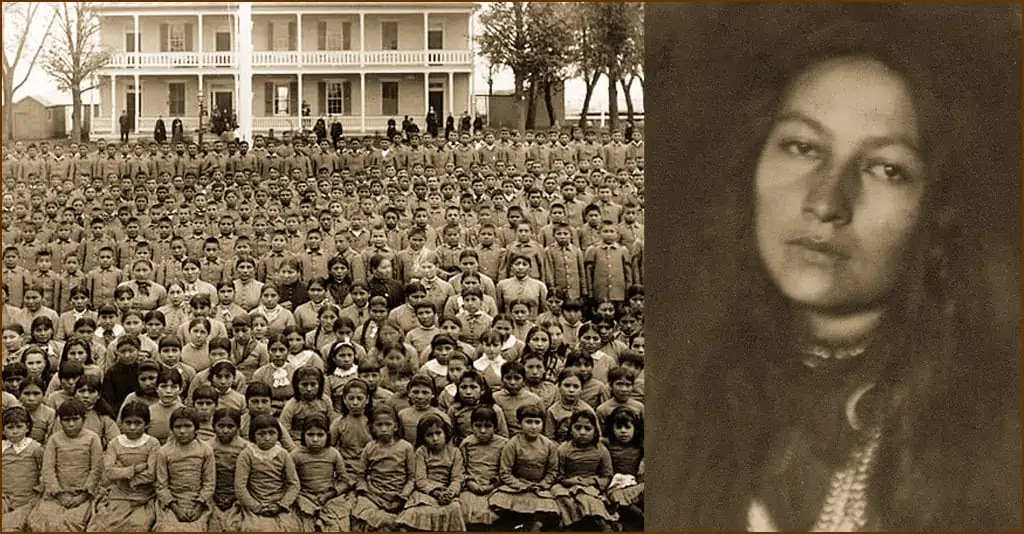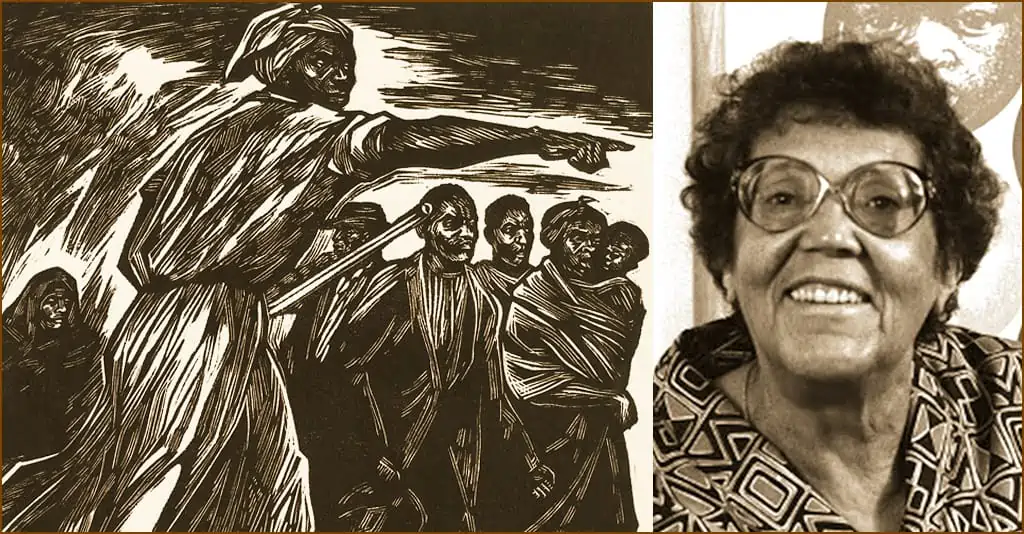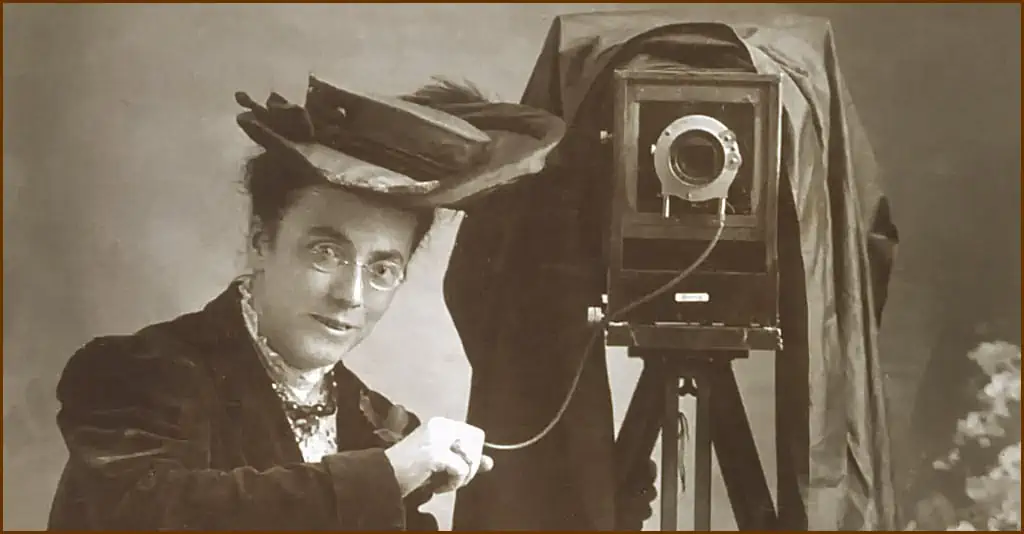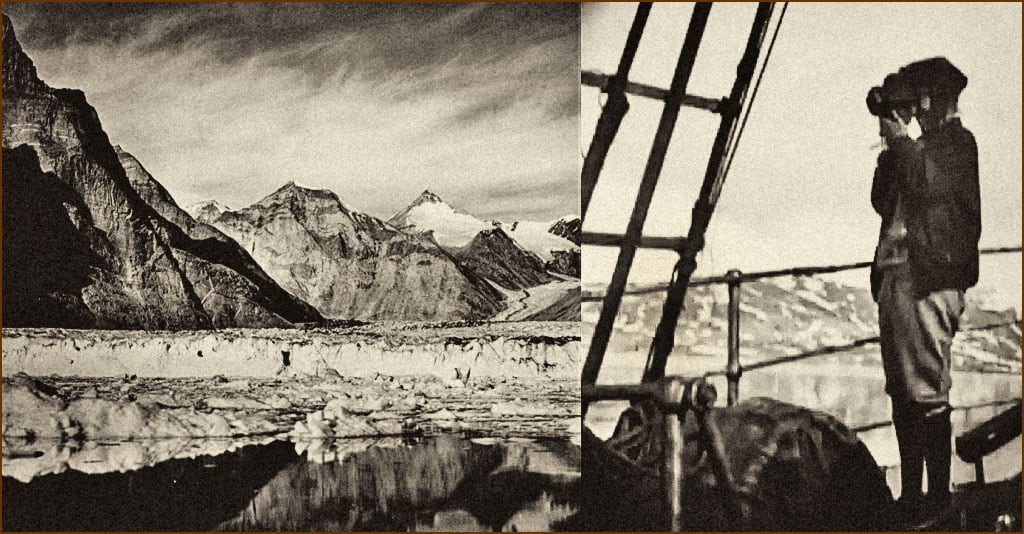
Louise Boyd wasn’t born with the proverbial silver spoon in her mouth. Hers was made of gold. Her grandfather made a fortune in the California Gold Rush of 1848; her father was a mining magnate with a stake in a gold mine, and president of San Francisco’s Boyd Investment Company. Her mother was a New York socialite.
Continue reading “Socialite, Arctic Explorer, Wartime Secret Agent: Louise Boyd”
